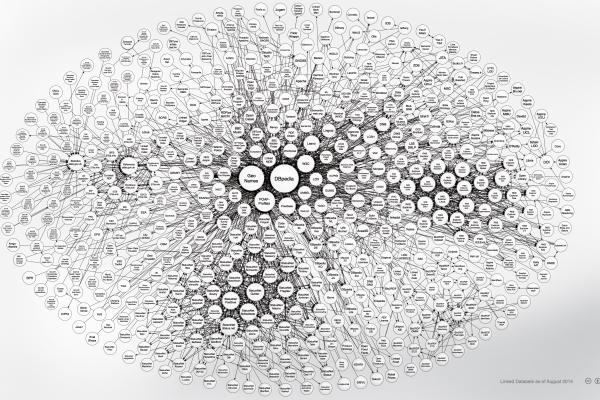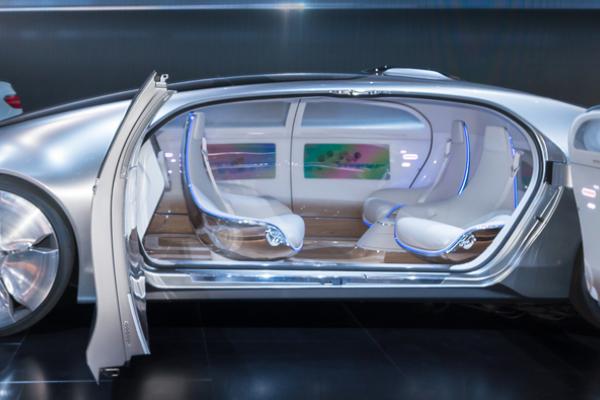As self-driving cars accelerate towards reality, we explore some of the key questions surrounding the future of automated transport. We find out that city-dwellers could soon be transported around the streets in automated pods, whereas those that live in the country will depend more and more on their car to perform routine tasks such as parking and cruising on the motorway.
We talk to the researchers who are designing ways for automated cars to talk to each other so they can switch lanes, cross junctions and organise into platoons without the help of humans.
We also explore how the EU is teaming up with the US and Japan to share ideas and make self-driving cars a global reality, and how one of the next big challenges is to come up with a set of rules and regulations before self-driving systems can be introduced.






